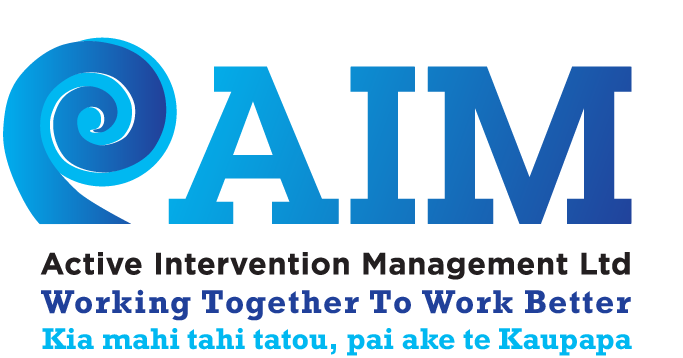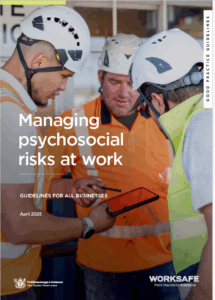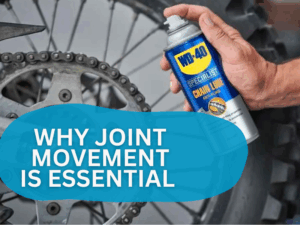This article has kindly been shared by Alison Richmond from Provention.
Flexibility isn’t just about touching your toes
– it plays a vital role in everyday movement, strength, and injury prevention.
If you’ve noticed stiffness creeping in, you’re not alone. Over time, reduced flexibility can make simple tasks harder, increase injury risks, and even impact posture.
The Consequences of Reduced Flexibility
1. Decreased Strength & Function
Tight muscles and stiff joints limit movement, making bending, squatting, or reaching overhead more difficult. Poor flexibility can impact work tasks and activities like playing with kids or enjoying sport.
Stiff muscles and joints can limit your range of motion, making basic activities harder than they need to be.
2. Higher Risk of Injury
When your muscles are tight and your joints lack mobility, they’re more prone to strains and sprains. For example, tight hip flexors – which are a common challenge for those who sit for long periods –if left unaddressed can cause strain on your lower back, significantly increasing the risk of injury.
3. Poor Posture & Physical Appearance
Believe it or not, reduced flexibility can also affect posture, leading to visible changes in your appearance. Slouching over a keyboard can lead to a rounded back and poking chin posture. Tight chest muscles and a stiff upper back not only look uncomfortable but may contribute to chronic pain over time.
4. Increased Risk of Arthritis
Healthy joints thrive on movement. Regular mobility work can help prevent long-term joint wear and tear. If joints aren’t regularly taken through their full range of motion, it can lead to wear and tear, potentially resulting in arthritis over time. A striking example of this is hip joint arthritis, which is relatively common in Western cultures where deep squatting is rare. By contrast, in many Asian cultures where the flat-footed squat is routinely practised, hip arthritis is much less common.
So, it’s clear!
Flexibility plays a major role in keeping us strong, pain-free, and mobile throughout life
The good news?
It’s never too late to regain mobility and ease stiffness.
In Alison’s next article How Your Body’s Mobility is All Connected she shares two simple exercises targeting the mid-back (thoracic spine) and hips – key areas for improving flexibility and preventing discomfort.
Stay tuned!






